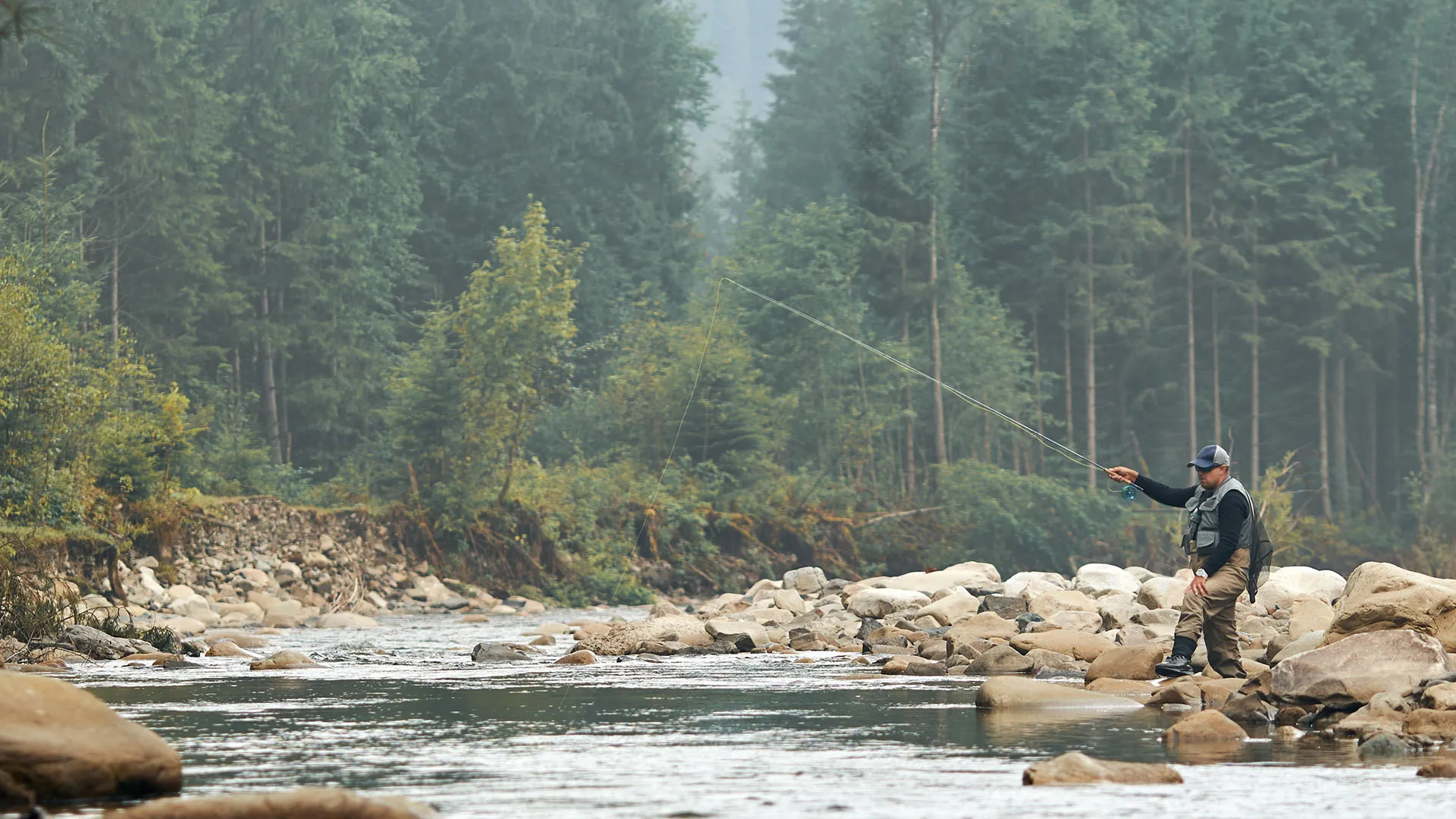The Craft of Tying Flies: Making Your Own Legacy
There’s something deeply personal about tying your own flies. Long before they ever touch the water, each one carries intention—a small, hand-crafted invitation to a fish, sure, but also a quiet tribute to the people and places that shaped your time on the water.
In a world where instant gratification is the norm, fly-tying invites you to slow down. To sit at the vise, thread in hand, and build something from nearly nothing: a hook, a feather, a bit of wire. The tools are simple, but the meaning runs deep.

More Than Just a Fly
Each pattern tells a story. Maybe it’s the Elk Hair Caddis you learned to tie with your grandpa on rainy afternoons. Or the Woolly Bugger that saved a slow day on your favorite creek. These flies become more than gear—they become keepsakes, small relics of time well spent.
Fly-tying isn’t just about technique—it’s about legacy. Passing down patterns, tricks, and stories to the next generation. Teaching someone to tie a fly is teaching them to pay attention. To be patient. To care about the details.
Why Tie Your Own?
Sure, you could buy a dozen from the shop (and hey, we all do sometimes). But tying your own has a magic all its own:
- Connection: You’ll understand insects, hatches, and fish behavior on a whole new level.
- Customization: Adjust size, color, or weight to match exactly what you need.
- Satisfaction: That first fish on a hand-tied fly? You’ll never forget it.
And if you’re the sentimental type—you might just save that chewed-up streamer forever.
The Essentials to Get Started
Fly-tying doesn’t have to be expensive. Here’s a basic list to get you rolling:
- A solid vise
- Bobbin and thread
- Hooks in a variety of sizes
- A few core materials: chenille, hackle, marabou, dubbing
- A starter pattern book or YouTube playlist
You don’t need a full fly shop in your garage. Just a small corner, a little time, and a lot of curiosity.
The Mindset of a Fly-Tyer
Tying flies teaches you to see differently. You’ll start noticing insects on stream banks, the subtle shimmer of a mayfly wing, the way feathers move in the breeze. You’ll think like a fish—then like an artist—then like an engineer.
You’ll also find yourself thinking back. To whoever taught you. To the first fly you tied that fell apart mid-cast. To the friend who laughed about it with you. Tying flies makes the sport more intimate. More yours.
Passing It On
One of the most meaningful parts of fly-tying is the chance to pass it forward. Teach your kids. Invite a friend. Sit around the table on winter evenings and fill a fly box, one imperfect whip-finish at a time. Because these aren’t just flies—they’re moments, memories, and tiny testaments to time well spent.
Final Wrap
Fly-tying is an invitation. To connect more deeply with your craft. To pay tribute to those who came before you. And to leave something tangible behind—whether it’s a fly that catches fish, or a memory that catches someone’s heart.
Start with one pattern. One fly. And begin tying your own legacy.